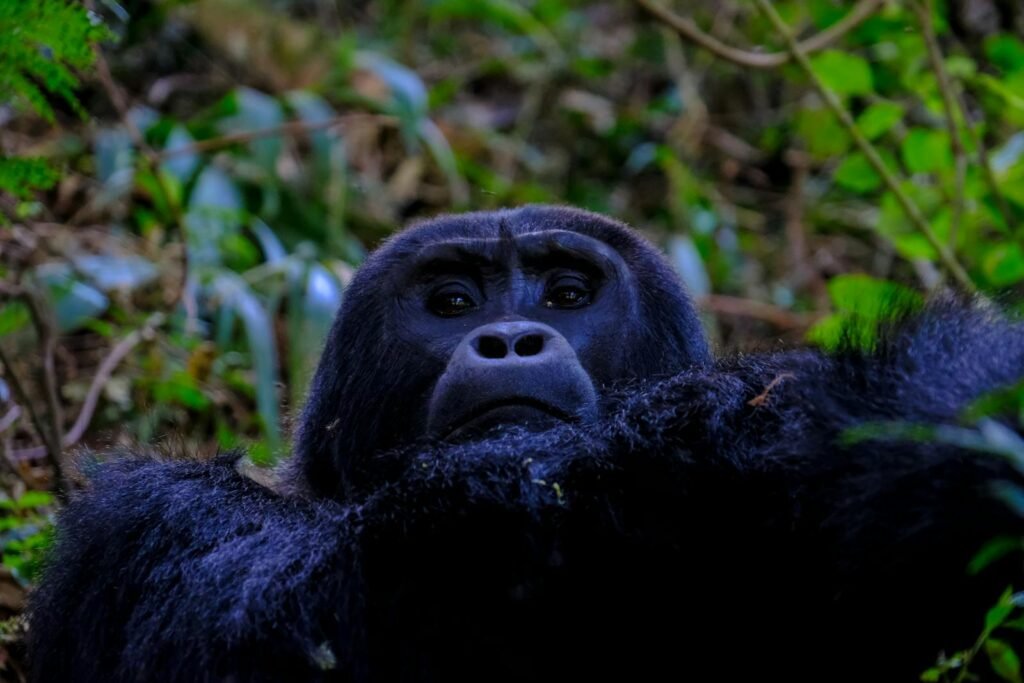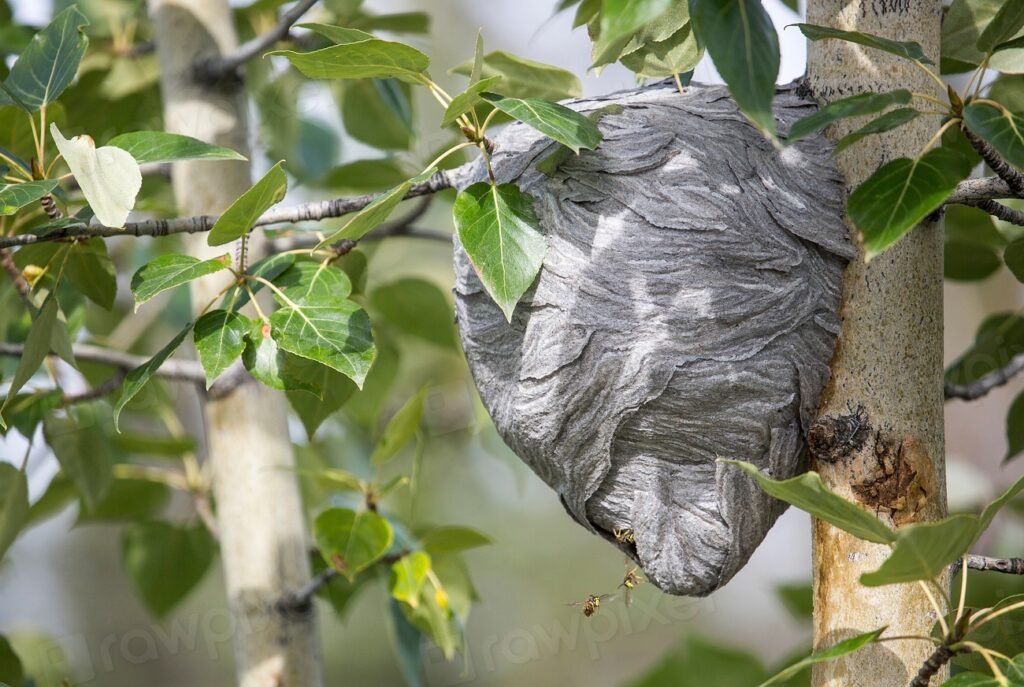Have you ever watched a turtle glide silently through a clear, sunlit stream, its shell glinting like a living shield? There’s something ancient and almost mystical about turtles, as if they carry the wisdom of the Earth on their backs. Yet, on this World Turtle Day, a somber reality looms: freshwater turtles are in trouble, and the habitats they call home are vanishing at a pace that should make all of us pause. The fight to save these gentle survivors is more urgent than ever, as every lost wetland and polluted river pushes some species closer to the edge. If we don’t act, the world could lose not just turtles, but the silent, intricate web of life they support.
The Hidden Lives of Freshwater Turtles
Freshwater turtles might seem shy or even secretive, but their lives are packed with surprises. Many spend hours basking on logs, soaking up the sun, only to slip underwater at the slightest hint of danger. Some, like the softshell turtle, bury themselves in mud for months during winter, breathing through their skin. Watching them forage for snails, insects, or tiny fish, you start to see the delicate balance they maintain in their watery world. These turtles aren’t just survivors—they are ecosystem engineers, quietly shaping their environment with every movement.
Why Freshwater Habitats Matter
Rivers, lakes, and wetlands do more than provide water—they are the life source for thousands of species, including turtles. These habitats filter pollutants, buffer floods, and give countless animals a place to feed and breed. For turtles, a healthy wetland is like a bustling city, full of food, shelter, and safe nesting spots. When wetlands are drained or rivers dammed, turtles lose not just their home but their future generations. Imagine a city suddenly stripped of every safe street and grocery store; that’s what habitat loss feels like for turtles.
The Ancient Roots of Turtles
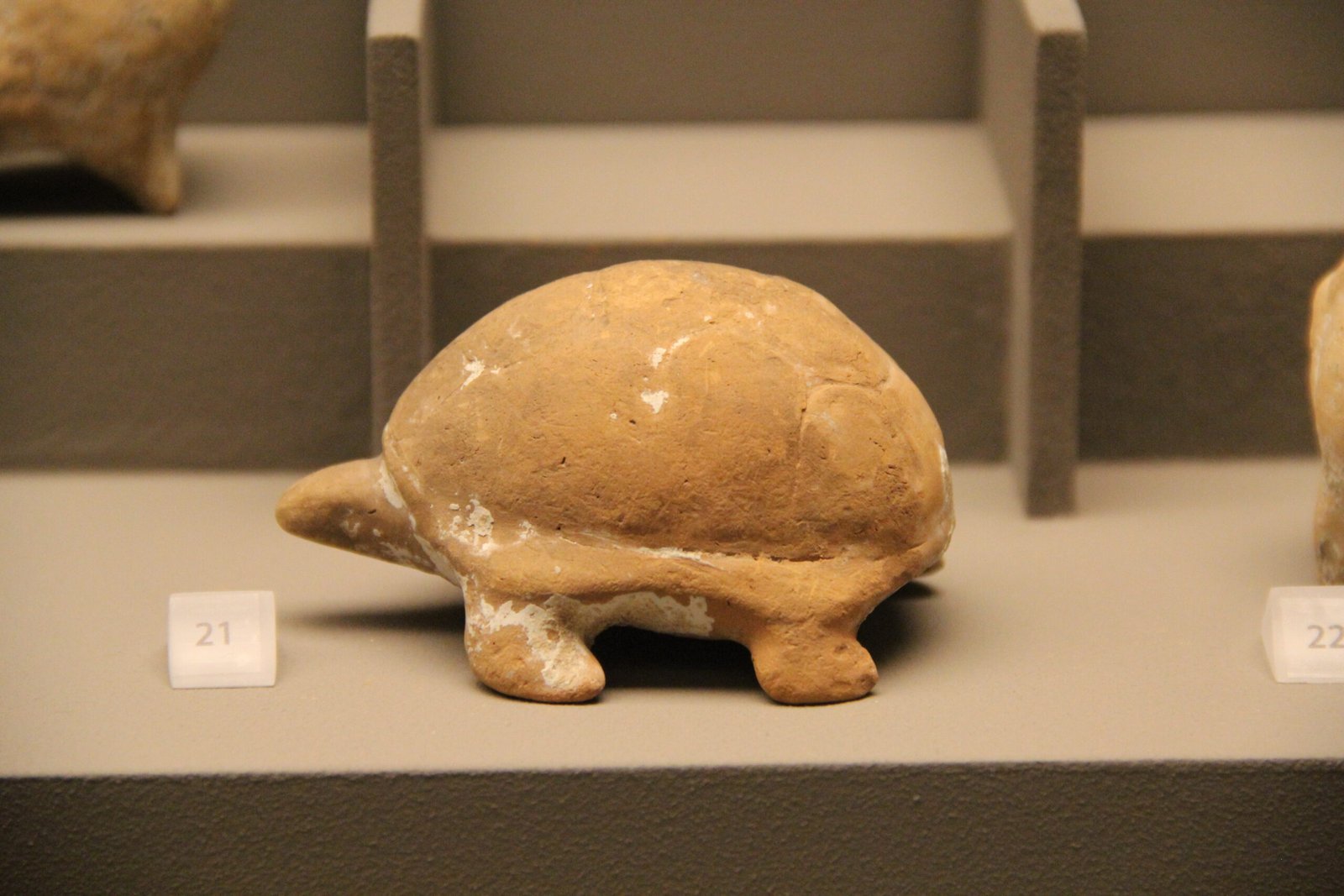
Turtles have been walking—or rather, swimming—this planet for over 200 million years, long before dinosaurs vanished. Their shells have protected them from predators and time itself, making them living fossils. It’s almost surreal to think that the same creatures who dodged ancient crocodiles and watched the continents drift apart now face threats from plastic waste and bulldozers. Their survival story is one of patience, resilience, and adaptation, but even turtles have limits.
Threats to Freshwater Turtle Habitats
Modern threats to turtles come from every direction. Wetlands are drained for agriculture, rivers are dammed for energy, and pollution seeps in from cities and farms. Invasive plants can choke out native food sources, while climate change alters the very rhythms of the seasons turtles depend on. The construction of roads and houses near rivers fragments the landscape, making it harder for turtles to move between feeding and nesting areas. For many species, these challenges pile up faster than their slow pace can handle.
Pollution: A Silent Killer
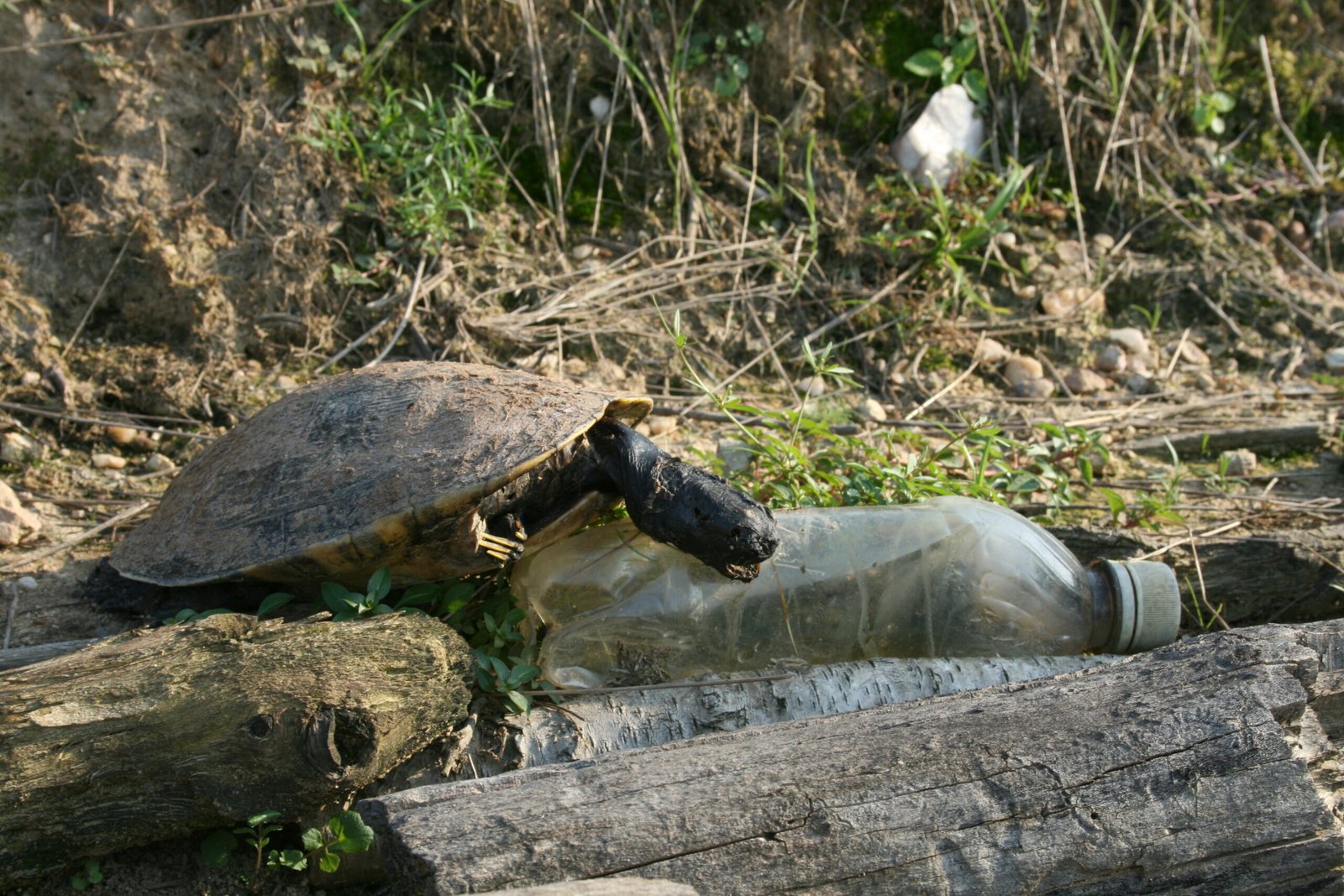
Few people realize how sensitive turtles are to pollution. Chemicals from pesticides, industrial runoff, and even household waste can accumulate in their bodies over time. Turtles often mistake plastic bags for food, with deadly consequences. Polluted water weakens their immune systems, leaving them vulnerable to disease. In some places, entire populations have been wiped out by toxic spills or algal blooms triggered by nutrient overload. Clean water isn’t just a luxury for turtles—it’s a matter of life and death.
Climate Change and Shifting Seasons
Rising temperatures are changing the very DNA of turtle populations. Many turtles’ gender is determined by the temperature of their nests; warmer sand produces more females, while cooler sand leads to more males. As the climate heats up, some populations are seeing a dangerous imbalance—almost all females, with few males left to mate. Flooding and droughts disrupt nesting cycles, wash away eggs, or leave hatchlings stranded. The ancient rhythms that turtles have followed for millennia are now thrown into chaos.
Invasive Species on the March

Not all threats come from humans directly. Invasive plants like water hyacinth can smother turtle habitats, blocking sunlight and starving native plants of nutrients. Non-native predators, such as raccoons or feral pigs, raid turtle nests and devour eggs. Even exotic pet turtles released into the wild can spread diseases or outcompete local species. The balance that turtles have maintained with their neighbors for centuries can be tipped in a single season by a new invader.
The Tragic Toll of Illegal Trade
Around the world, freshwater turtles are caught and sold in staggering numbers for food, medicine, and the pet trade. Some species disappear from entire regions almost overnight, snatched from the wild before they ever have a chance to breed. The illegal trade is often hidden, but its impact is painfully visible—empty riverbanks, silent wetlands, the absence of turtle tracks where there once were many. Each turtle taken is a piece of ancient heritage stolen from the future.
Habitat Fragmentation: Barriers to Survival
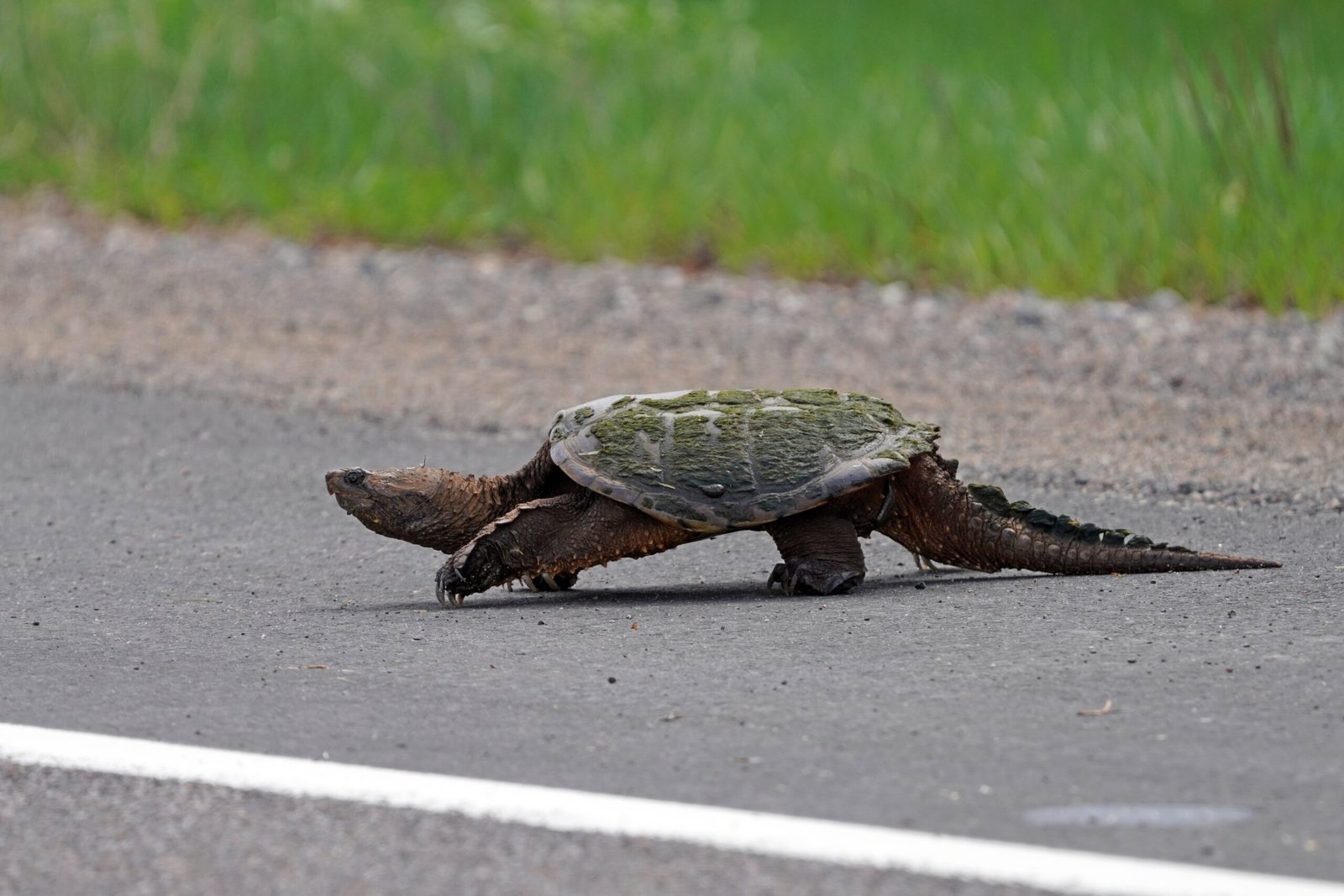
Imagine having to cross a busy highway just to reach your favorite restaurant. For turtles, highways, fences, and even mowed lawns become deadly obstacles. Many females risk their lives to lay eggs on the other side of a road, only to be struck by cars. Fragmented habitats mean turtles must travel farther and face more dangers just to survive and reproduce. Over time, isolated populations become weaker and less resilient, unable to recover from disasters or disease.
Conservation Heroes: Saving Habitats, Saving Turtles
Across the globe, dedicated scientists, conservationists, and local communities are fighting back. Wetlands are being restored, invasive plants removed, and nesting beaches protected from predators. Some programs install turtle tunnels under busy roads or relocate eggs to safer spots. Volunteers spend sleepless nights watching over nests, determined to give hatchlings a fighting chance. These efforts don’t just save turtles; they heal entire ecosystems, bringing back frogs, birds, and even clean water.
Restoration Success Stories
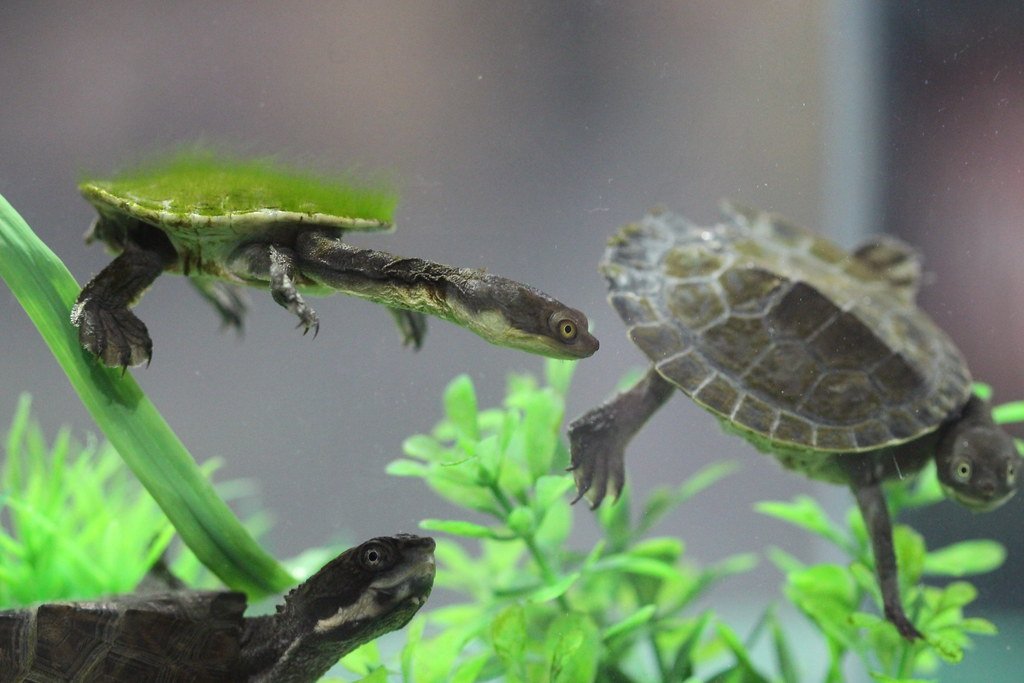
There’s hope—sometimes, even against the odds. In places like the Florida Everglades or Australia’s Murray-Darling Basin, targeted restoration has brought turtles back from the brink. Wetlands once drained and barren now teem with life, as native plants and animals return. Formerly polluted rivers are cleaned up, allowing turtles to nest and feed without fear. Some species once thought lost have made remarkable comebacks, thanks to the stubborn optimism of people who refused to give up.
The Role of Indigenous Knowledge
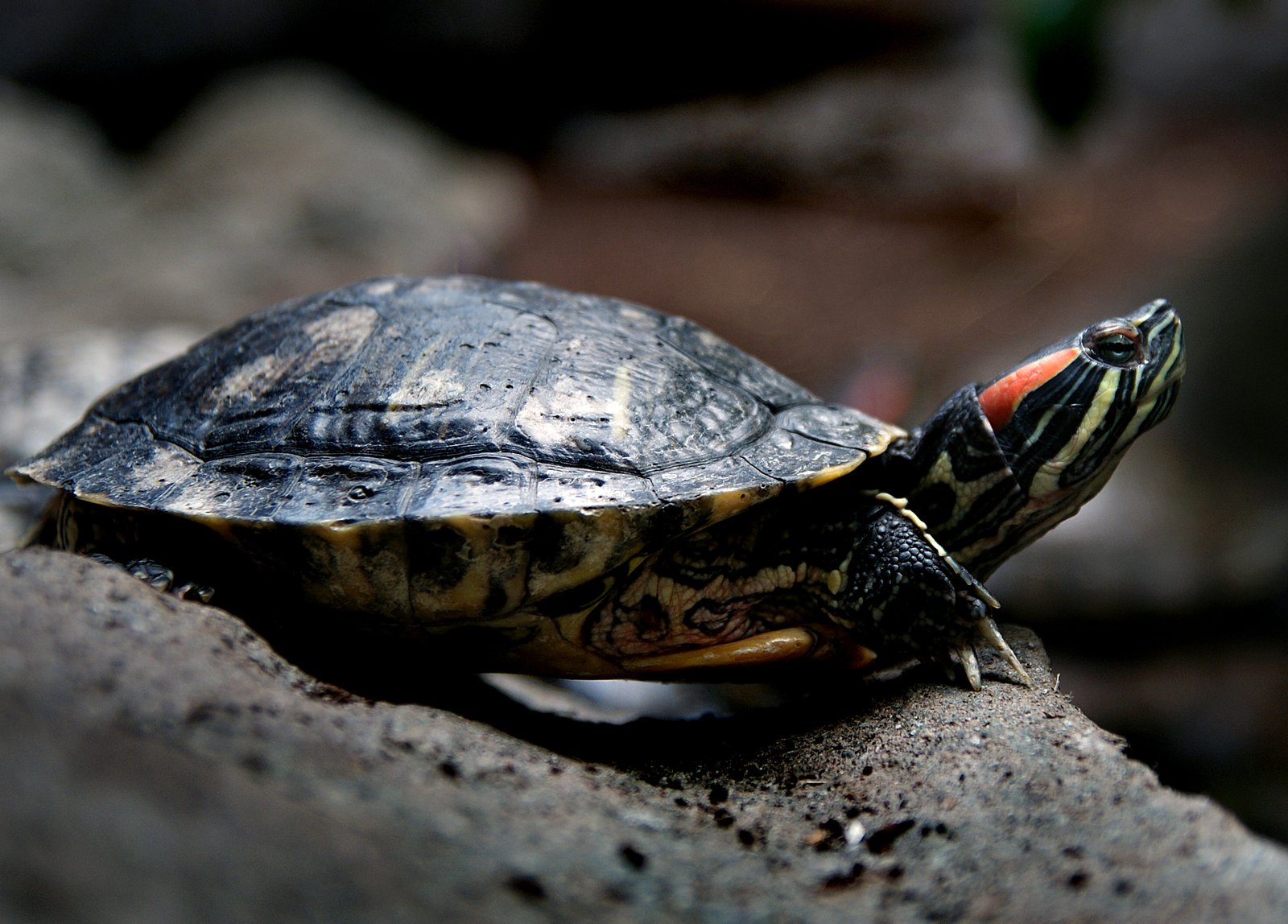
For centuries, Indigenous communities have lived alongside turtles, understanding their habits and protecting their nesting grounds. Their traditional knowledge—like the best time to harvest eggs sustainably, or how to manage wetlands without chemicals—offers powerful lessons for modern conservation. By working with Indigenous leaders, scientists are learning new ways to restore habitats and monitor turtle health. Respecting this wisdom isn’t just right; it’s essential for long-term success.
Citizen Science: Everyone Can Help
You don’t have to be a biologist to make a difference. Across the world, citizen scientists are monitoring turtle populations, reporting sightings, and helping track migration patterns. Nature lovers can join cleanup efforts, mark turtle nests, or install small ramps to help turtles climb out of swimming pools and ponds. Simple actions—like slowing down for turtles on roads or planting native vegetation along rivers—can add up to big results. Every helping hand counts.
Education: Inspiring the Next Generation
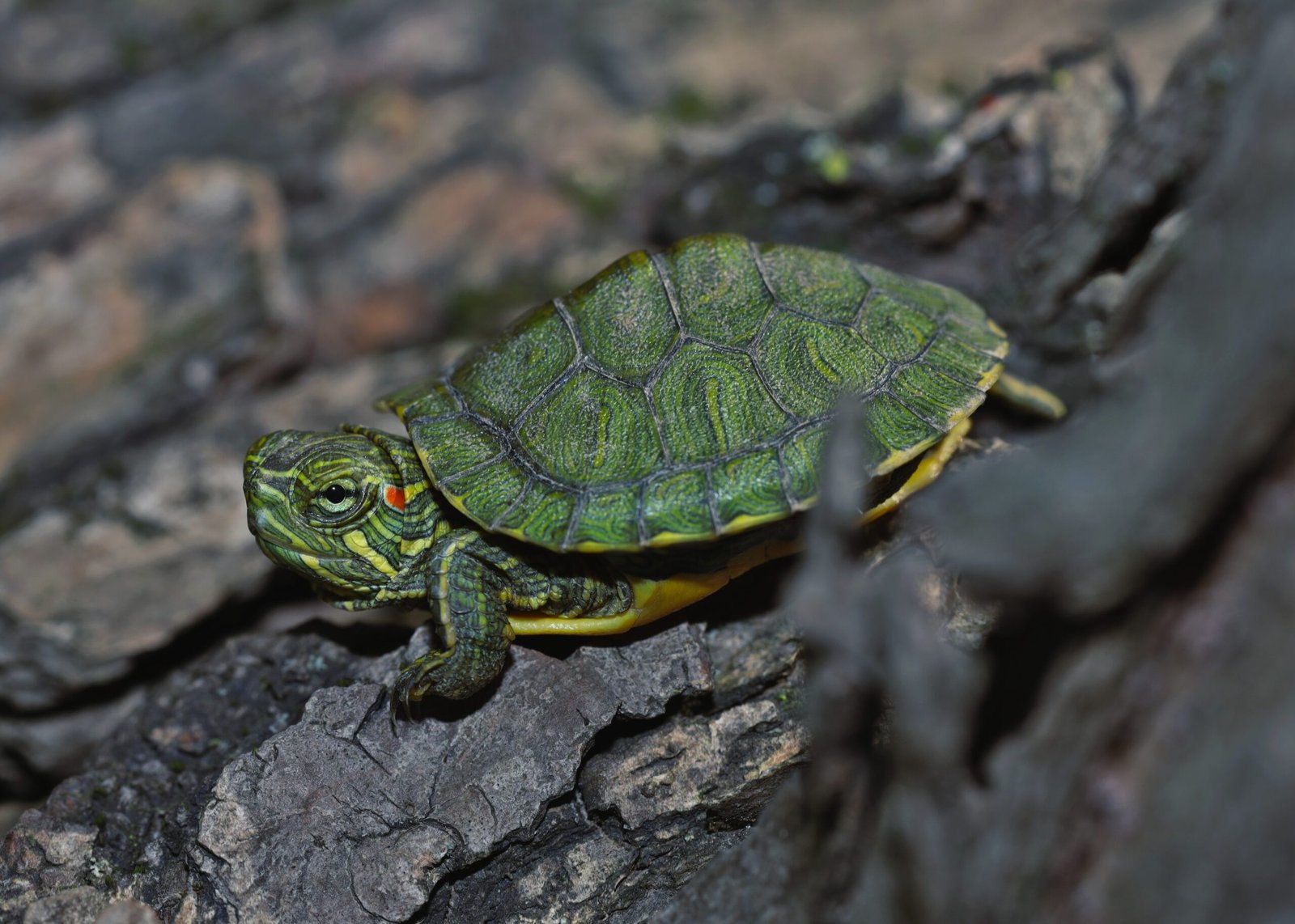
If you’ve ever seen a child’s face light up at the sight of a baby turtle scuttling toward water, you know how powerful education can be. Schools and nature centers use turtle conservation as a gateway to teach about ecology, pollution, and the interconnectedness of life. Hands-on programs let kids help release hatchlings or build turtle-friendly habitats. Inspiring curiosity and empathy in young people is one of the most powerful tools we have to ensure turtles remain part of our world.
Protecting Critical Nesting Sites
Turtle eggs are vulnerable treasures, hidden beneath sand or soil, where a single rainstorm or predator can spell disaster. Conservationists often fence off critical nesting sites or use mesh covers to protect eggs until they hatch. In some areas, entire beaches are closed to people during nesting season, giving turtles the space and quiet they need. These efforts are delicate but crucial—without safe places to lay eggs, turtle populations can’t recover.
The Importance of Clean Water
Turtles are intimately tied to the health of their watery homes. Clean water means more food, fewer diseases, and safer places to nest. Efforts to reduce fertilizer runoff, ban harmful pesticides, and restore riverbanks help not just turtles, but people too. Communities that invest in clean water often see a ripple effect: healthier fish, more birds, and even improved local economies. Water is life—for turtles and for us.
Balancing Human Needs and Turtle Survival
Saving turtles doesn’t mean shutting people out. Many conservation projects work hand-in-hand with farmers, fishers, and developers to find solutions that benefit everyone. Creating buffer zones, timing construction away from nesting seasons, or providing alternative livelihoods can reduce conflict. When local communities see the benefits—like flood protection, cleaner water, or even ecotourism—they become powerful allies in the fight for turtle habitats.
Innovative Research and Technology
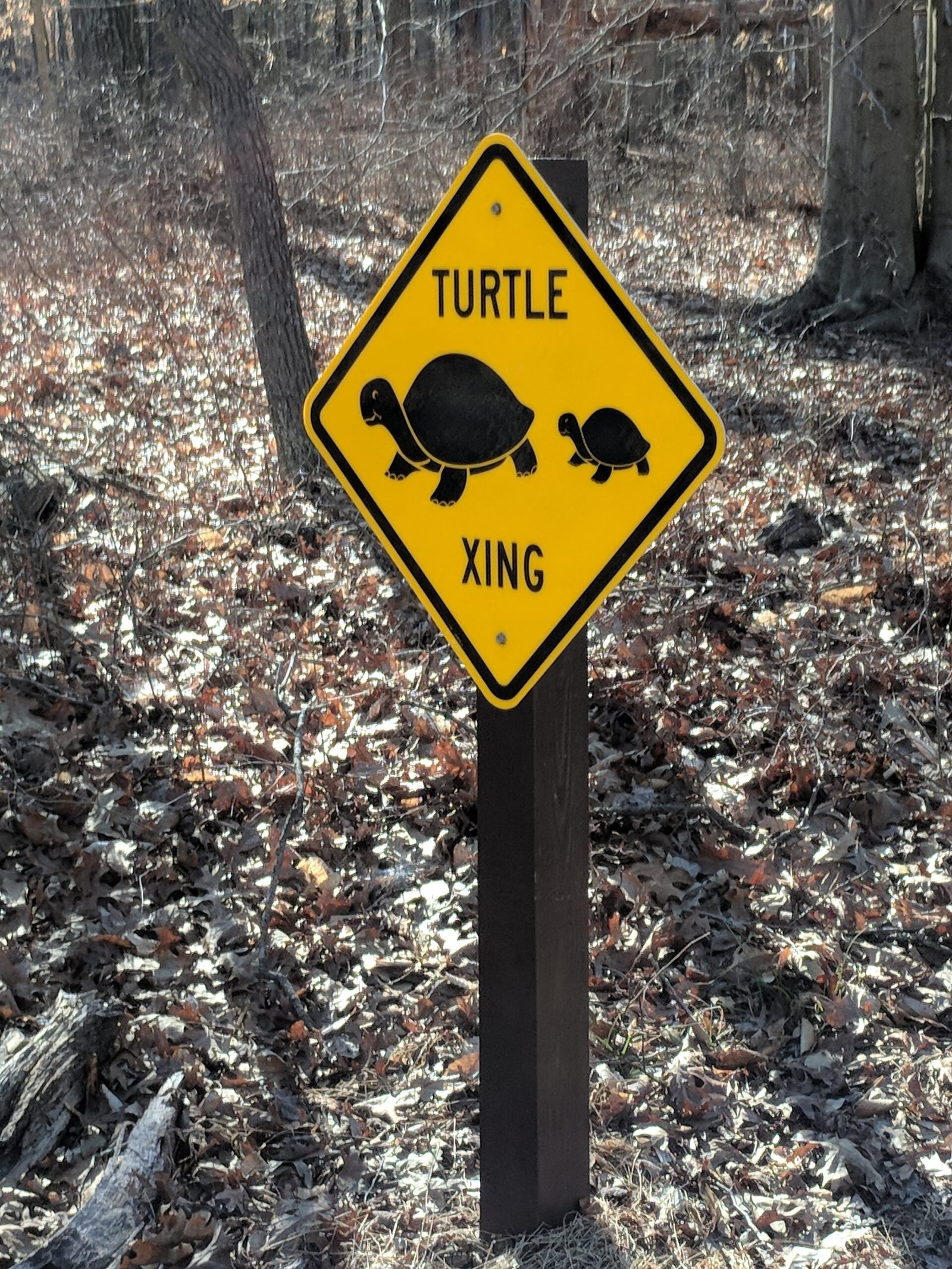
New technologies are giving scientists better tools to study and protect turtles. Tiny GPS trackers reveal secret migration routes, while drones help map hard-to-reach wetlands. Genetic studies show how populations are connected, guiding where to focus restoration. Artificial incubators allow conservationists to hatch and release more turtles than ever before. These innovations are turning the tide, offering hope even for the most threatened species.
A Call to Action: World Turtle Day and Beyond
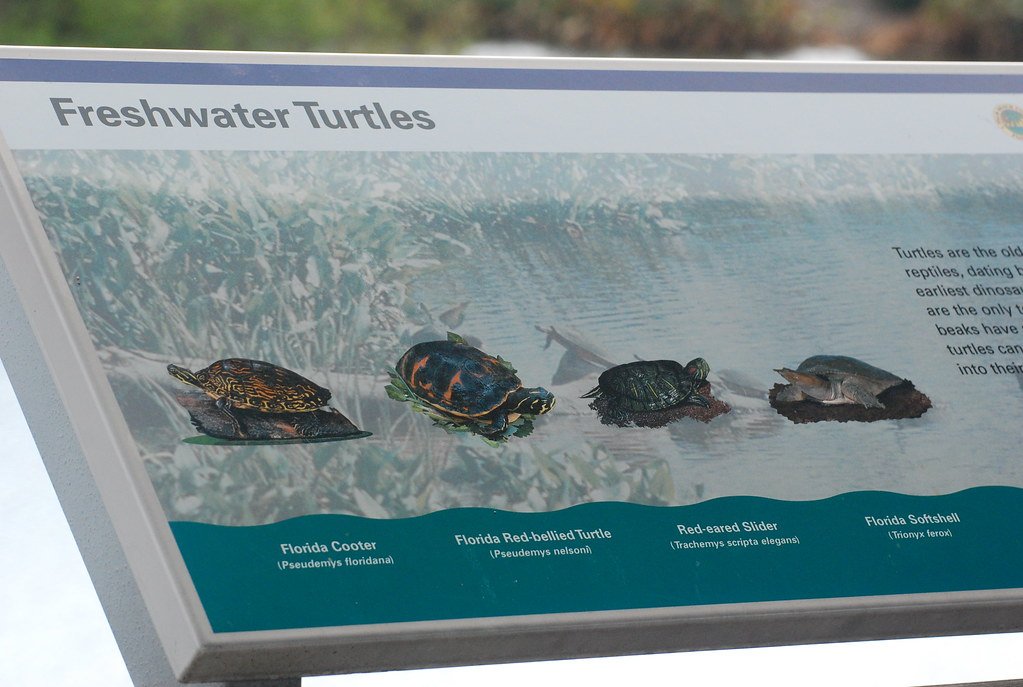
World Turtle Day isn’t just a date on the calendar—it’s a rallying cry. Every action, no matter how small, helps tip the scales in favor of freshwater turtles and their habitats. By supporting conservation groups, reducing plastic use, and spreading awareness, anyone can join the fight. The world’s turtles have carried the weight of survival for millions of years. Now, they need us to carry their story forward.

